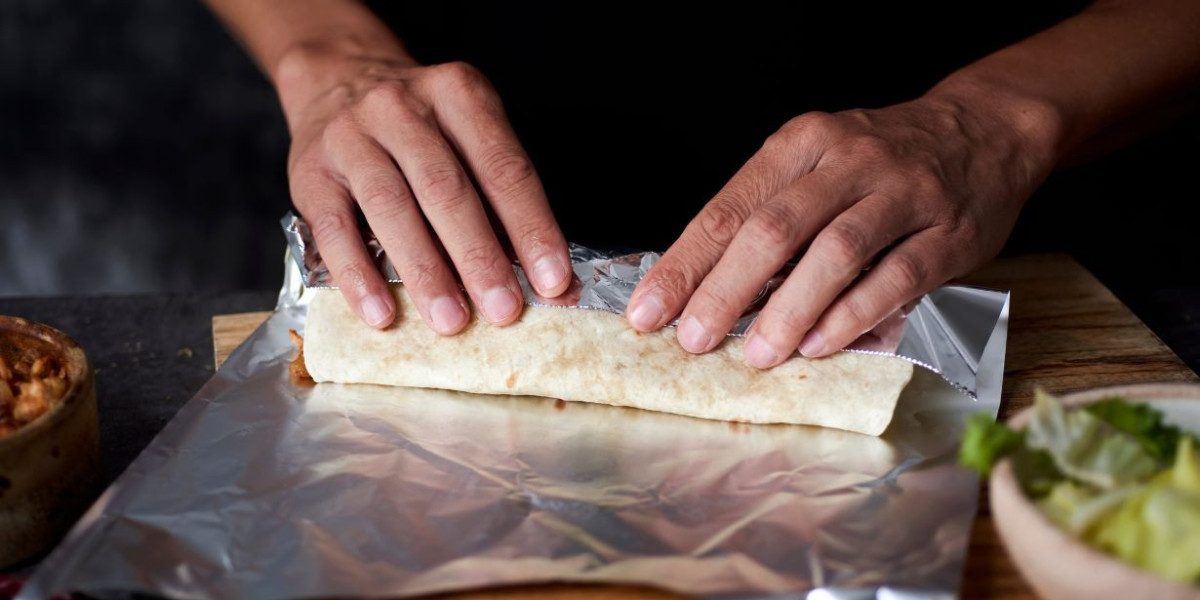Blister foil packaging is an essential component in the pharmaceutical and consumer goods industries. Known for its durability and protective qualities, blister foil packaging ensures product safety and extends shelf life. This article delves into the benefits, applications, and types of blister foil packaging, providing a comprehensive understanding for businesses and consumers alike.
Benefits of Blister Foil Packaging
Enhanced Product Protection
Blister foil packaging offers unparalleled protection against environmental factors such as moisture, oxygen, and light. This is crucial for maintaining the integrity and efficacy of pharmaceutical products. By preventing contamination, blister foil packaging ensures that medications remain safe for consumption throughout their shelf life.
Improved Shelf Life
The robust barrier properties of blister foil packaging significantly extend the shelf life of products. This is particularly important for perishable goods and sensitive pharmaceuticals, which require stringent storage conditions to retain their potency.
Consumer Convenience
Blister foil packaging provides convenience for consumers through its easy-to-use design. The individual compartments allow for single-dose dispensing, making it simple for users to access and manage their medications. Additionally, the tamper-evident feature enhances safety and builds consumer trust.
Applications of Blister Foil Packaging
Pharmaceutical Industry
In the pharmaceutical sector, blister foil packaging is widely used for tablets, capsules, and other solid dosage forms. It ensures that each dose is protected from external factors, maintaining the drug's stability and effectiveness. The packaging also includes clear labeling, which helps in patient compliance and adherence to prescribed medication regimens.
Food and Beverage Industry
Blister foil packaging is also utilized in the food and beverage industry. It is ideal for packaging small portions of food items, such as chocolates, candies, and nutritional supplements. The packaging preserves the freshness and flavor of the products, making them more appealing to consumers.
Consumer Goods
Beyond pharmaceuticals and food, blister foil packaging is employed in various consumer goods, including batteries, electronics, and personal care items. Its ability to protect against physical damage and contamination makes it a versatile packaging solution for numerous products.
Types of Blister Foil Packaging
Cold Form Foil Blisters
Cold form foil blisters are created by pressing aluminum foil into a mold without the use of heat. This method produces highly durable packaging with excellent barrier properties. Cold form foil blisters are ideal for packaging moisture-sensitive products, ensuring they remain dry and effective.
Thermoform Blisters
Thermoform blisters involve heating plastic sheets and molding them into the desired shape. This type of blister packaging is less expensive than cold form blisters and is suitable for a wide range of products. However, it provides a slightly lower barrier against moisture and oxygen compared to cold form blisters.
Child-Resistant Blisters
Safety is a top priority in packaging design, particularly for products that can be harmful if ingested by children. Child-resistant blisters are designed with special features that make them difficult for children to open, thereby preventing accidental ingestion. These packages comply with regulatory standards and offer peace of mind to parents and caregivers.
Environmental Considerations
Sustainable Materials
As sustainability becomes increasingly important, the use of eco-friendly materials in blister foil packaging is on the rise. Manufacturers are exploring biodegradable and recyclable options to reduce the environmental impact of packaging waste.
Recycling Programs
Many companies are implementing recycling programs to manage the disposal of blister foil packaging. By encouraging consumers to recycle used packaging, businesses can contribute to a more sustainable future and reduce their carbon footprint.
Conclusion
Blister foil packaging is a vital component in ensuring product safety, extending shelf life, and providing consumer convenience. Its applications span various industries, from pharmaceuticals to consumer goods, making it an indispensable packaging solution. As the industry continues to evolve, the focus on sustainability and innovation will drive further advancements in blister foil packaging technologies.








